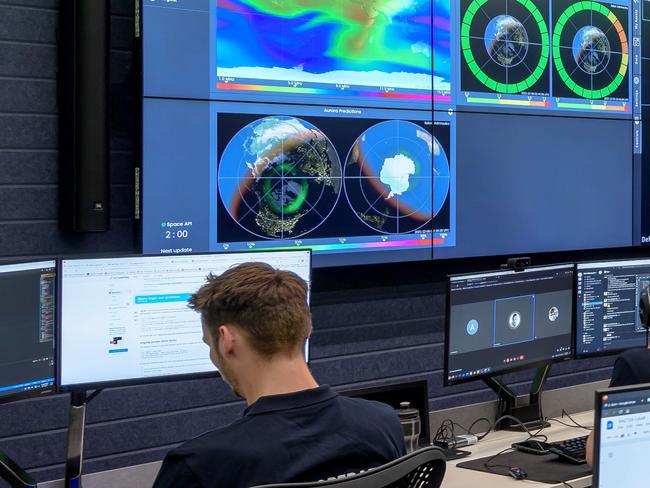
Sky not the limit for SA defence capabilities
A delegation of more than 60 South Australian-based defence companies will converge on Avalon to demonstrate cutting-edge innovation and research technologies.

A delegation of more than 60 South Australian-based defence companies will converge on Avalon to demonstrate cutting-edge innovation and research technologies.
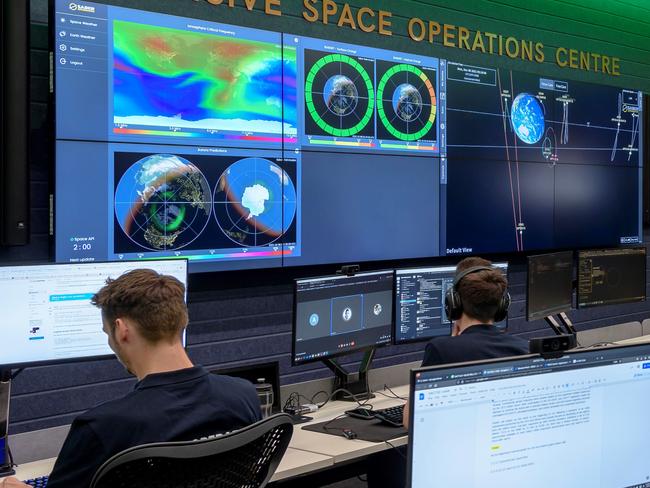
A delegation of more than 60 South Australian-based defence companies will converge on Avalon to demonstrate cutting-edge innovation and research technologies.
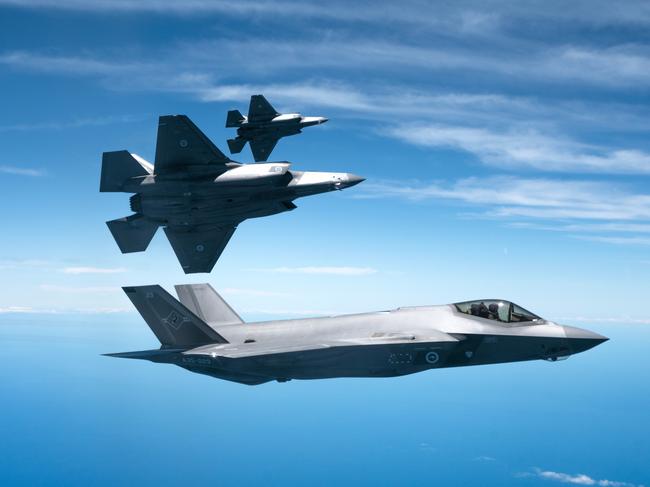
Without a high level of interoperability, well-aligned coalitions can face significant hurdles. Australia is committed to strengthening our forces with allies across multiple fronts.
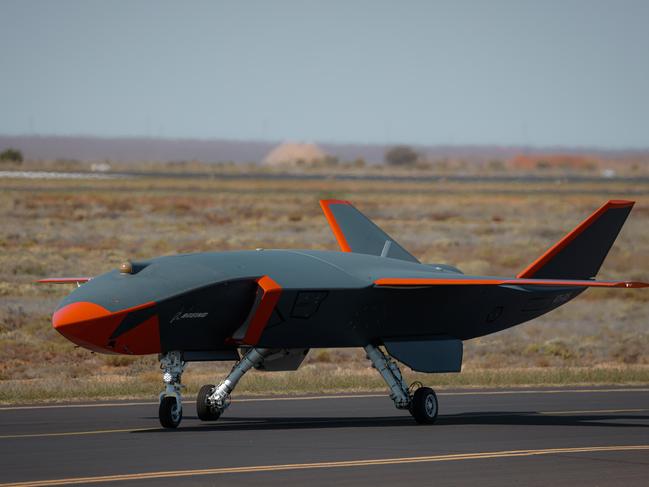
During the course of last year, a new term entered the defence lexicon – the Collaborative Combat Aircraft, or CCA. It’s a disruptive technology, it’s new and it’s something that is being introduced into the battlespace.
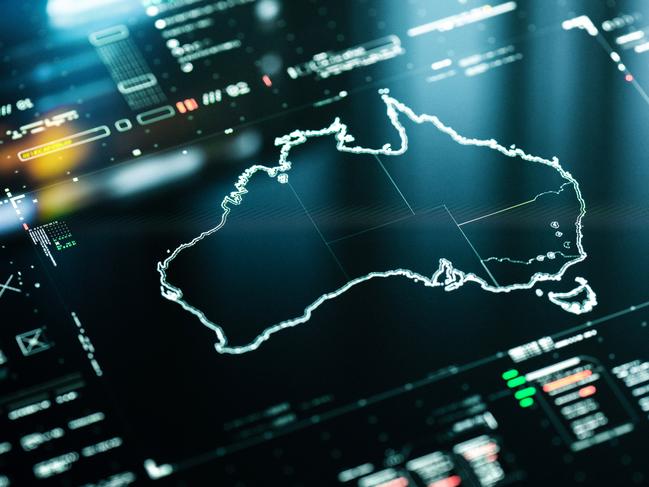
A year ago, economic issues were of a top concern for global leaders. Today, geopolitics and the apparent fragility of the post-Cold War global order is front of mind.
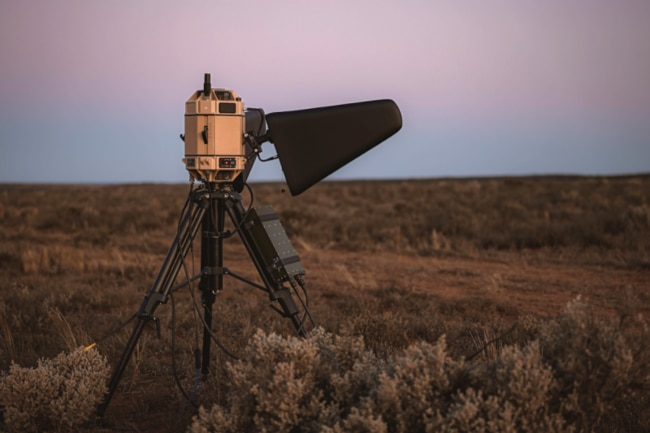
By the end of this year the Australian Army aims to be fielding a baseline anti-drone capability; by the middle of this year a company will be named as Defence’s Strategic Integration Partner, or SIP, to deliver this.
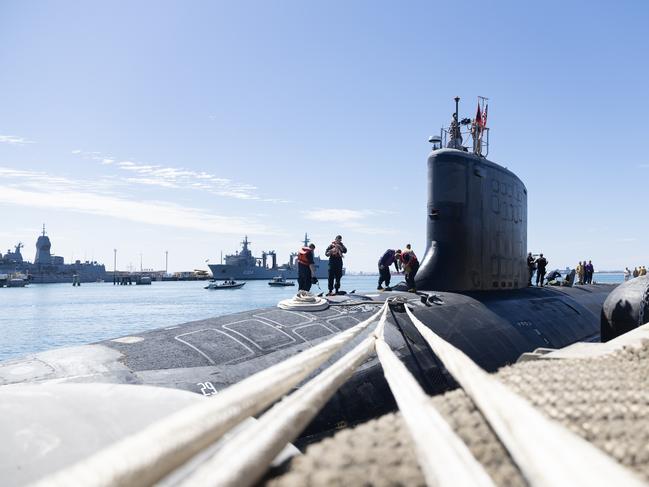
Understanding the financial impact of buying nuclear-powered submarines on other Australian Defence Force capabilities is not easy to calculate – a situation made worse by the obscure nature of Defence accounting.
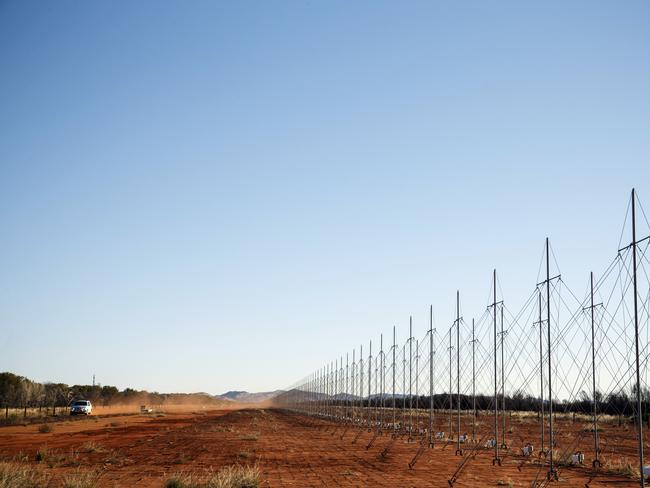
The ADF is moving to a focused force that can deny potential adversaries. This shift requires an agile and accomplished defence industry that can deliver hardware, infrastructure and operational support at scale and with speed.
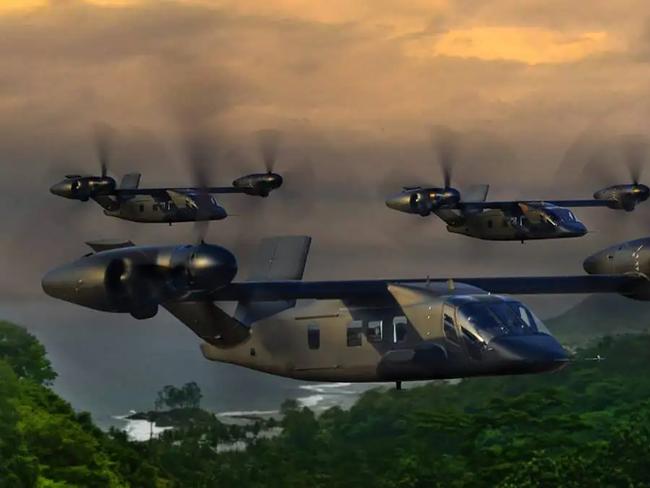
US company Bell Textron is preparing the market here for the sale of its new FLRAA twin-engined V-280tilt-rotor helicopter. It is an eventual replacement for about 2000 Black Hawk helicopters in a deal that could be worth $US40bn ($64bn).
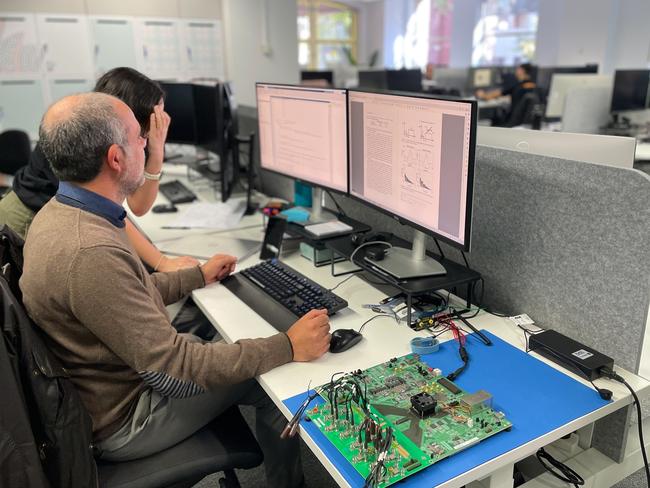
Most modern weapons require software for effective use, and that means the software element may need to be adjusted before the weapon system is successful in combat.
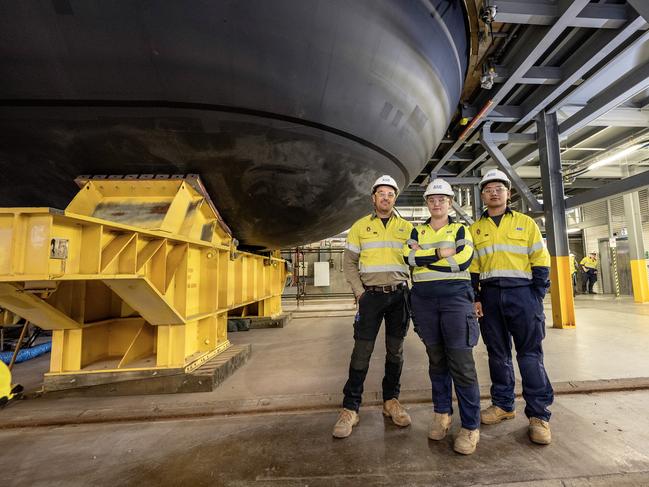
It’s time for Australia to prioritise and invest in its own defence industry, making it more self-reliant, innovative, and adaptable to future challenges.
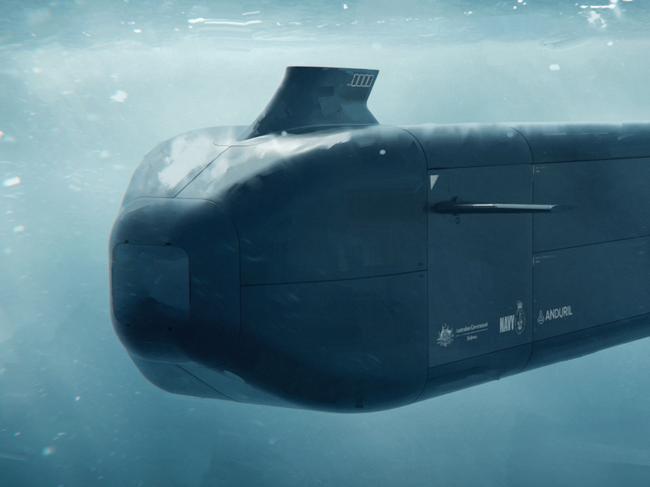
Anduril is one of the new generation of US companies that aims to deliver defence products en masse, quickly, and then update them even faster.
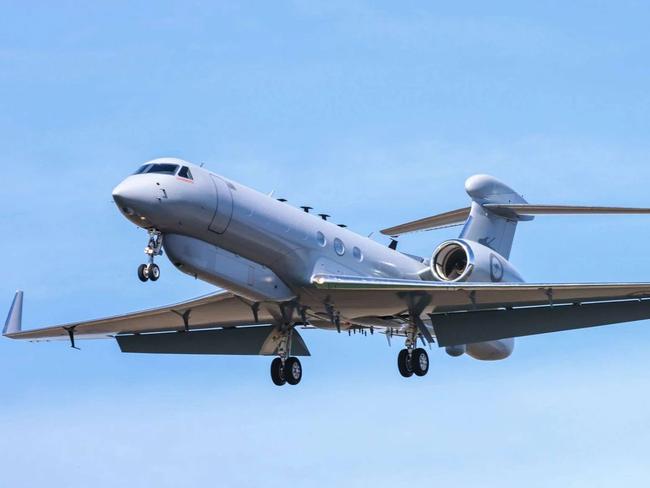
Key to the ADF’s future electrconic warfare capability is to acqure four highly modified Gulfstream 550 business jets, which, after the conversion, will be known as MC-55A Peregrine aircraft.
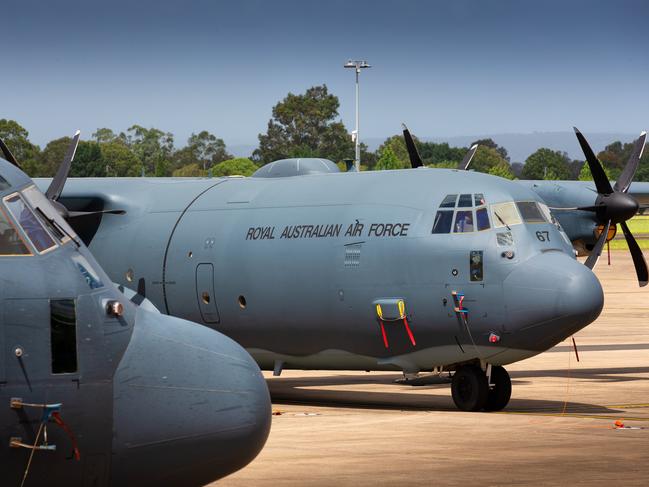
Later this decade the RAAF will receive what has been touted as the most capable version of the evergreen C-130 Hercules tactical airlifter ever built.
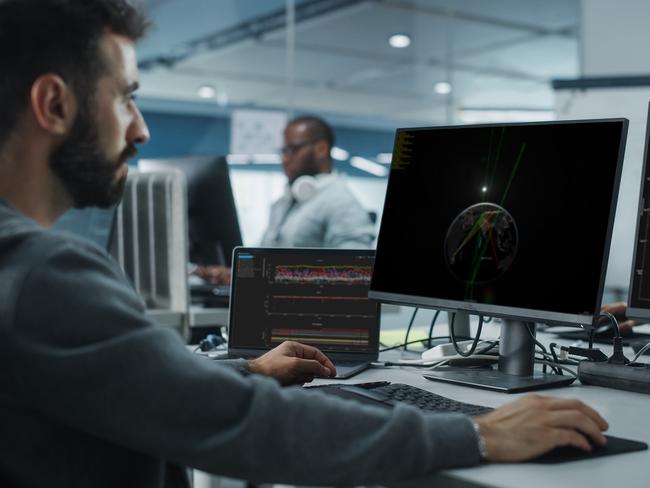
Increasing political tensions around the world, and particularly within the Indo-Pacific region, have reinforced how important it is that we’re connected and aligned with our allies to leverage and share our extensive experiences and capabilities.
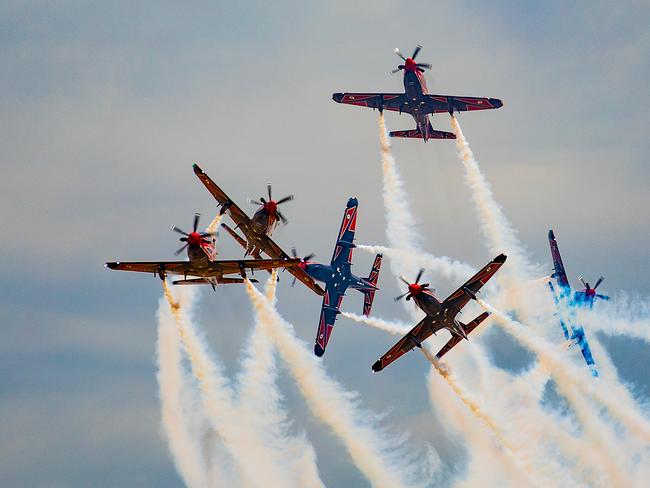
Australia’s largest aerospace and defence industry event – Avalon Australian International Airshow – returns to Avalon Airport today in a six-day program showcasing the spectrum of civil and military aviation, aerospace and space.
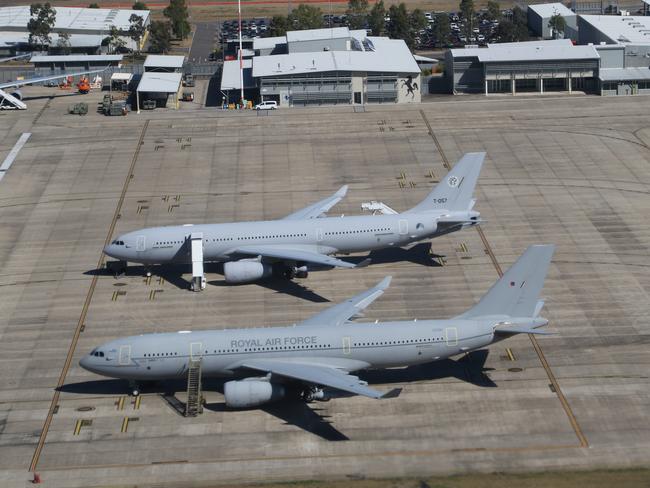
One of the more unusual initiatives undertaken during the Pitch Black 2024 exercise last year was the concentration of air-to-air refuelling aircraft from several nations at RAAF Amberley, near Brisbane.
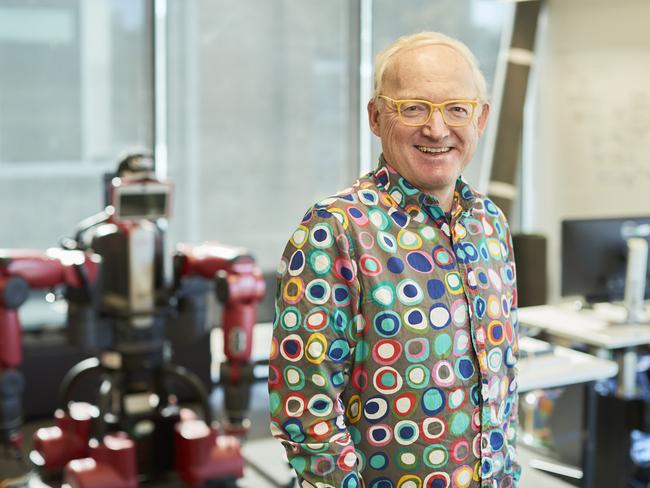
Artificial intelligence can control increasingly sophisticated uncrewed aircraft and submersibles, changing the nature of warfare.
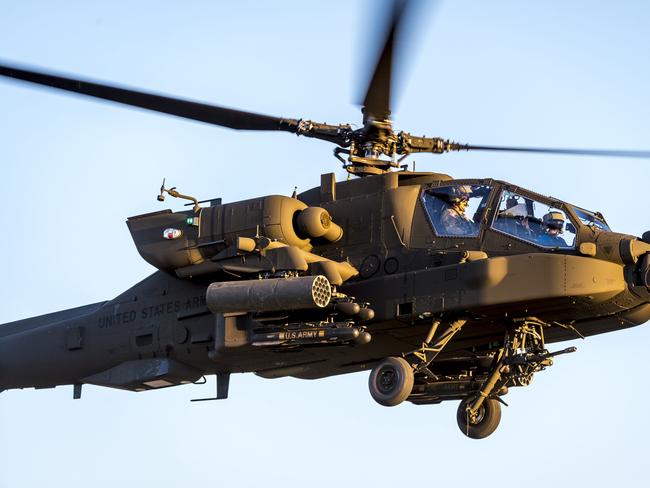
Deliveries of new attack helicopters are on schedule with four AH-64E Apaches due to arrive before the end of the year.
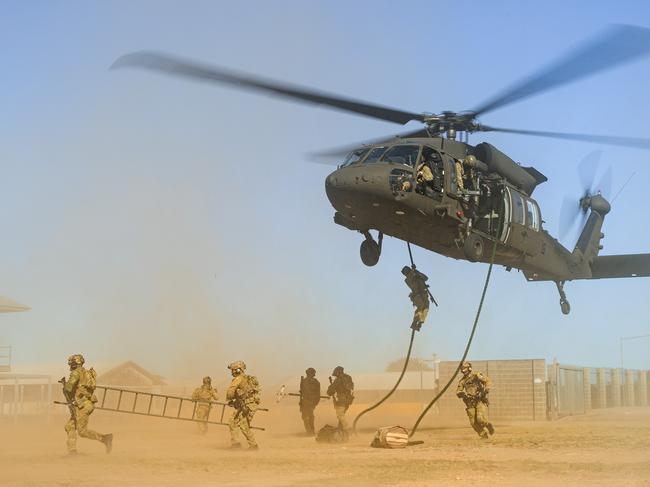
The Australian Army has declared Initial Operational Capability (IOC) for its first 12 Sikorsky Black Hawk helicopters, just 15 months after the purchase was announced.
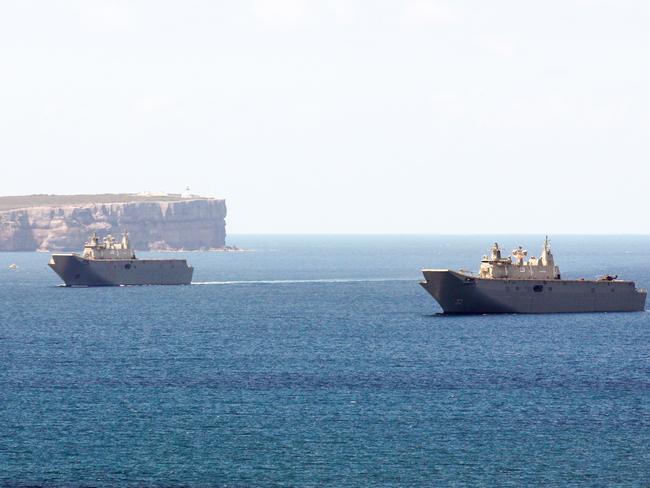
The only impediment to Australia upgrading the Canberra-class Landing Helicopter Docks and using them as aircraft carriers is the dismissive attitude of the RAN leadership, coupled with political indifference.
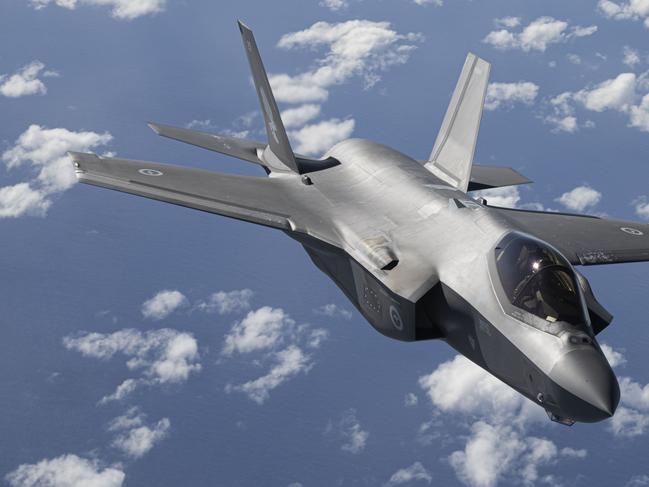
The last three F-35A Lightning II fighters for the RAAF arrived shortly before Christmas, exactly six years after the first pair touched down at RAAF Base Williamtown, north of Sydney.

US leadership and primacy have been key stabilisers in the post-World War II institutions and rules-based global system. However, the new world disorder enveloping us since Donald Trump’s second inauguration on January 20 is deeply disturbing.
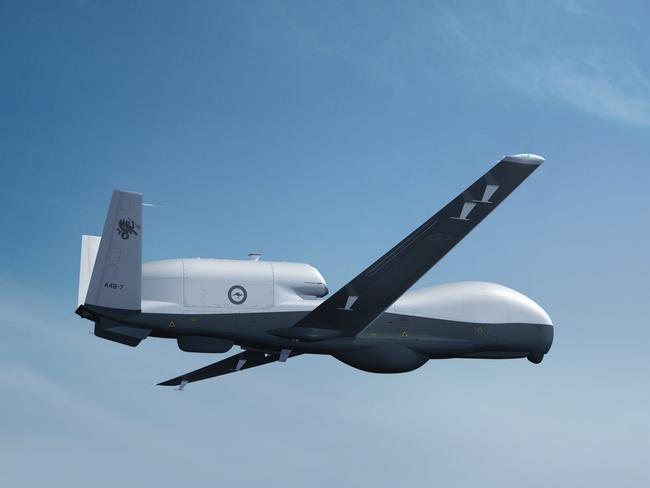
News of Chinese navy warships circumnavigating Australia is a reminder of the importance of surveillance capabilities. We will be better prepared once our new MQ-4C Triton high altitude long endurance (HALE) uncrewed aerial systems (UAS) are operational.
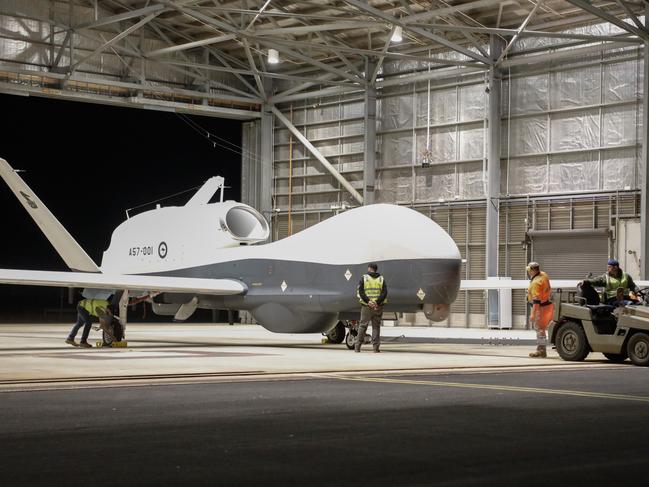
NGA is much more than just a maintenance, repair and overhaul (MRO) organisation. They are also building up local industry to be part of that sustainment link.
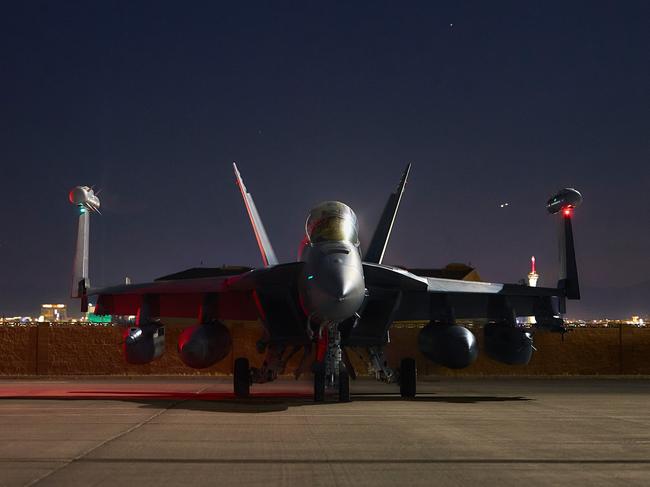
We are increasingly seeing long-established international rules and norms being contested. Defence aims to deter conflict, prevent an adversary from coercing Australia, support regional security and prosperity, and uphold a favourable regional strategic balance.
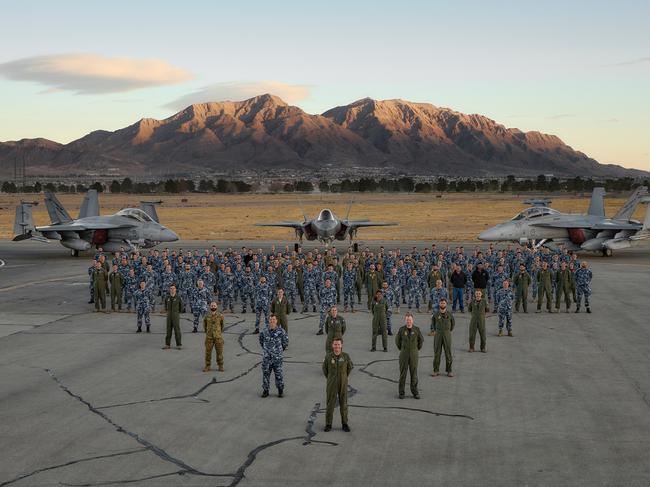
We must face a future in which the US nay no longer be our reliable friend.
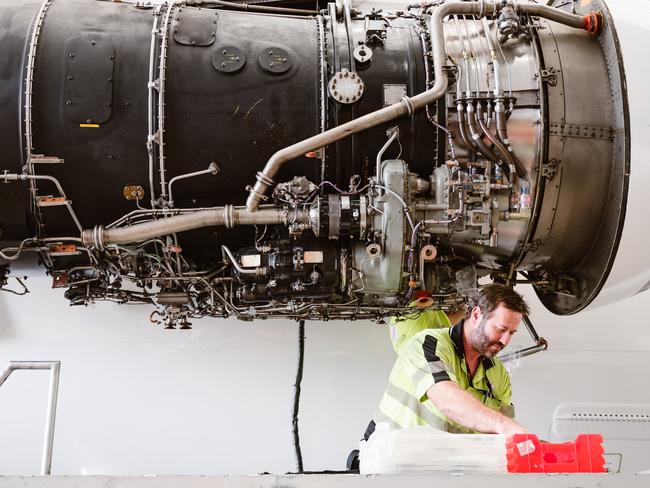
Queensland stands at the forefront of aerospace capability, ready to expand and cement its position as Australia’s maintenance, repair and overhaul hub and a key aviation MRO destination in the Asia-Pacific.
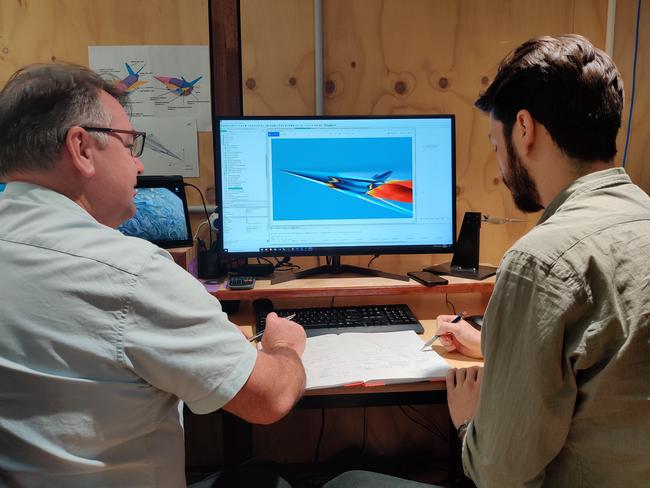
After pioneering work by its University of Queensland, the northern state has become a global leader in the science of hypersonic flight.
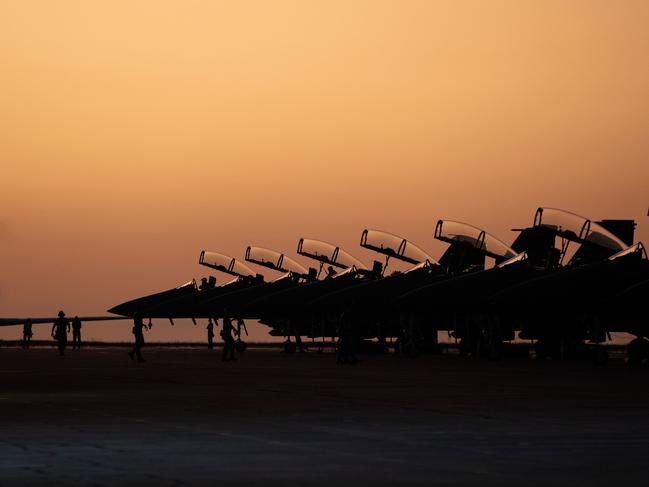
The Ukraine war has ‘profound’ meaning for air, naval and ground forces and for a national defence industry, says a former Australian major general.
Original URL: https://www.theaustralian.com.au/special-reports/avalon-air-show